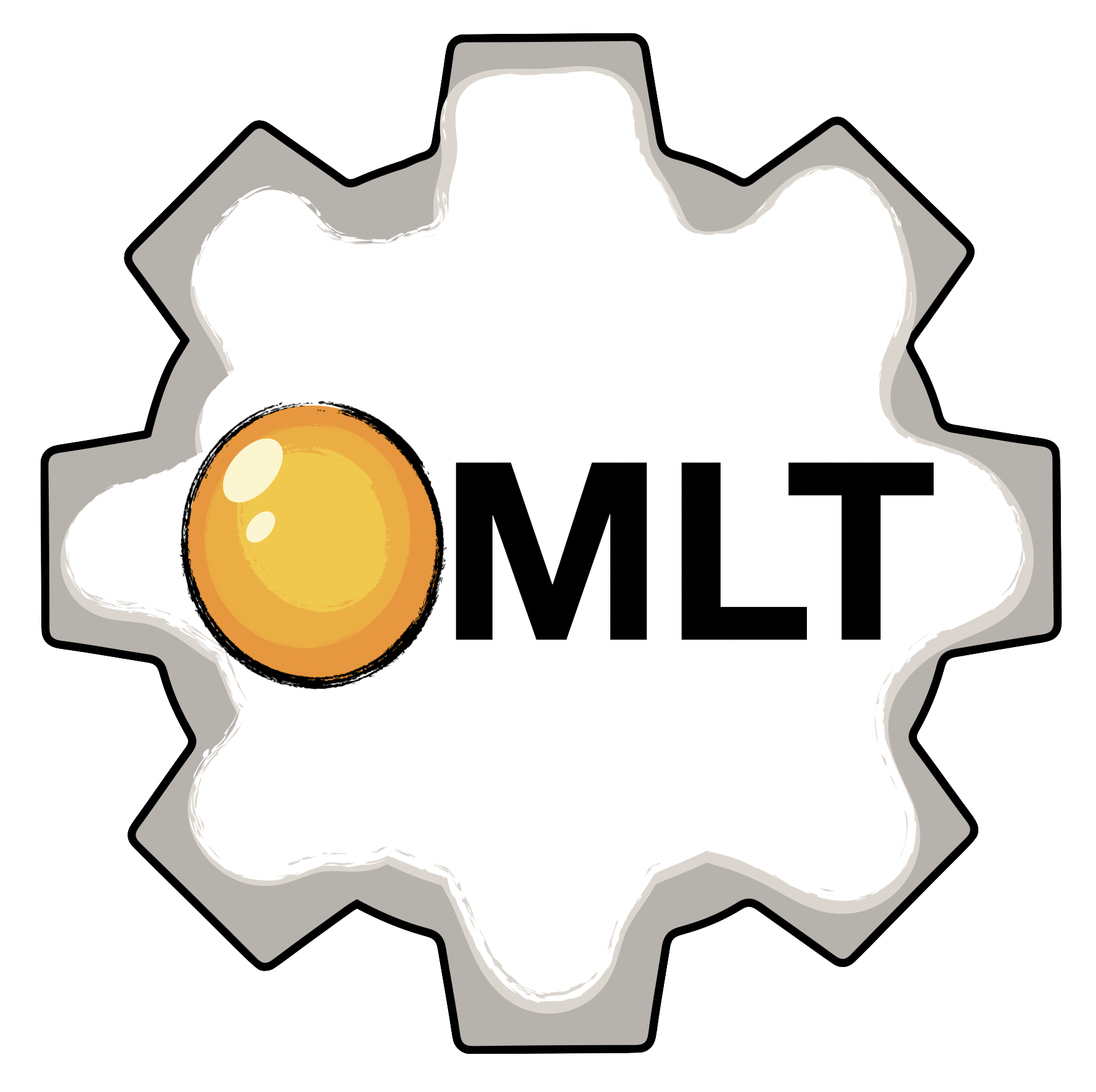
OMLT is a Python package for representing machine learning models (such as neural networks) within the Pyomo optimization environment. The package provides various formulations for representing machine-learning models (such as full-space, reduced-space, and MILP), as well as an interface to import sequential Keras models.
import tensorflow
import pyomo.environ as pyo
from omlt import OmltBlock, OffsetScaling
from omlt.neuralnet import FullSpaceContinuousFormulation, ReducedSpaceContinuousFormulation
from omlt.neuralnet import ReLUBigMFormulation
from omlt.neuralnet import load_keras_sequential
#load a Keras model
nn = tensorflow.keras.models.load_model('omlt/tests/models/keras_linear_131_sigmoid', compile=False)
#create a Pyomo model with an OMLT block
model = pyo.ConcreteModel()
model.nn = OmltBlock()
#the neural net contains one input and one output
model.input = pyo.Var()
model.output = pyo.Var()
#apply simple offset scaling for the input and output
scale_x = (1, 0.5) #(mean,stdev) of the input
scale_y = (-0.25, 0.125) #(mean,stdev) of the output
scaler = OffsetScaling(offset_inputs=[scale_x[0]],
factor_inputs=[scale_x[1]],
offset_outputs=[scale_y[0]],
factor_outputs=[scale_y[1]])
#provide bounds on the input variable (e.g. from training)
input_bounds = [(0,5),]
#load the keras model into a network definition
net = load_keras_sequential(nn,scaler,input_bounds)
#multiple neural network formulations are possible
#hides the intermediate variables from the optimizer
formulation = ReducedSpaceContinuousFormulation(net)
#encodes intermediate neural network variables
#formulation = FullSpaceContinuousFormulation(net)
#encodes intermediate relu activations using binary variables
#this requires a neural network with only linear and relu activations
#formulation = ReLUBigMFormulation(net)
#build the formulation on the OMLT block
model.nn.build_formulation(formulation, input_vars=[model.input], output_vars=[model.output])
#query inputs and outputs, as well as scaled inputs and outputs
model.nn.inputs_list
model.nn.outputs_list
model.nn.scaled_inputs_list
model.nn.scaled_outputs_list
#solve an inverse problem to find that input that most closely matches the output value of 0.5
model.obj = pyo.Objective(expr=(model.output - 0.5)**2)
status = pyo.SolverFactory('ipopt').solve(model, tee=False)
print(pyo.value(model.input))
print(pyo.value(model.output))OMLT uses tox to manage development tasks:
- tox -av to list available tasks
- tox to run tests
- tox -e lint to check formatting and code styles
- tox -e format to automatically format files
- tox -e docs to build the documentation
- tox -e publish to publish the package to PyPi